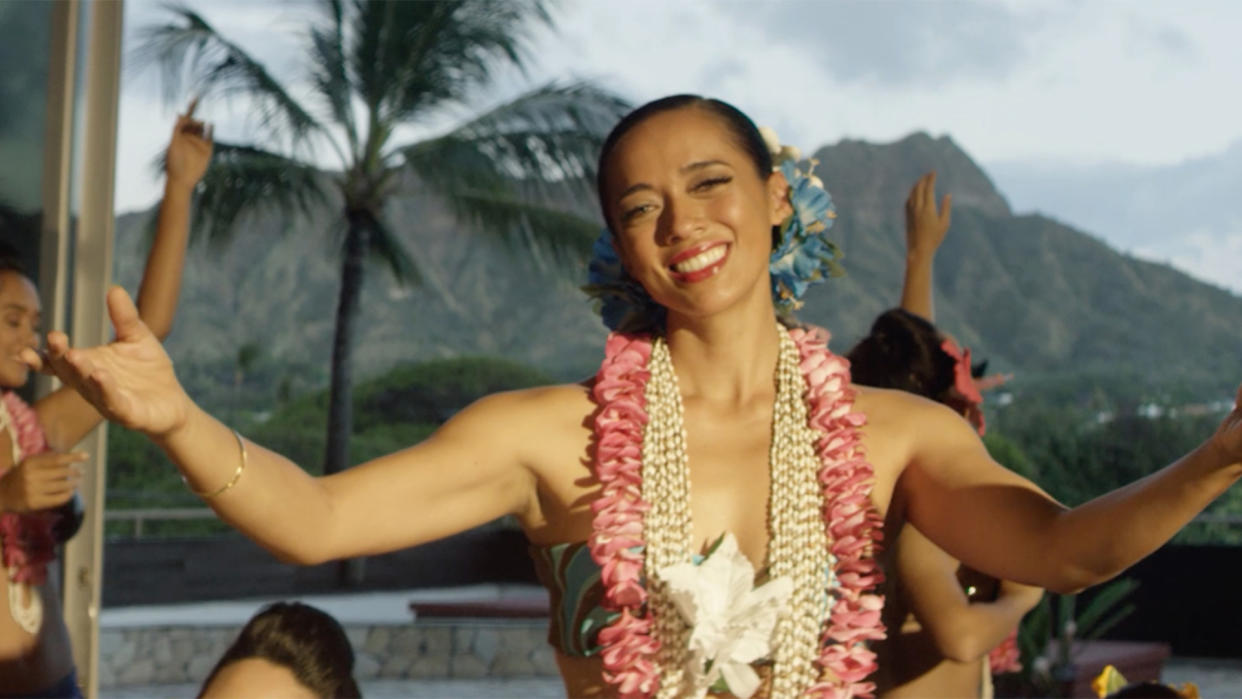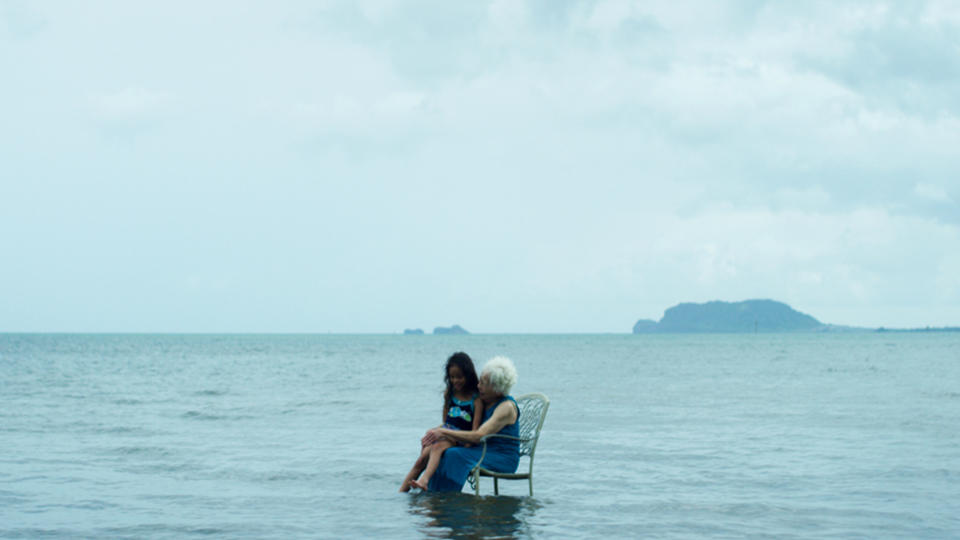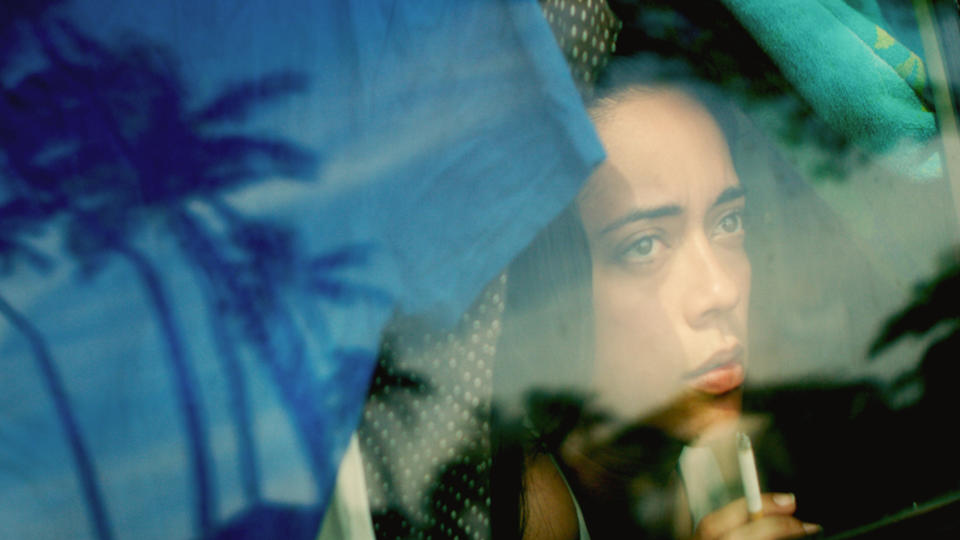‘Waikiki’ Review: Christopher Kahunahana Attempts a Lofty Journey of Enlightenment Behind the Facade of a Tourist’s Paradise

The portrayal of Hawaii onscreen has ranged from war dramas about Pearl Harbor to “The Descendants” and “50 First Dates” to “The White Lotus,” and most recently “Last Goal Wins.” Now, the tropical paradise in the Pacific finds a new lens — and voice — in Christopher Kahunahana’s feature debut “Waikiki.”
While the film fumbles through a stripped down script and stumbles towards a surrealist attempt at reframing the threats of tourism, “Waikiki” still offers a voice from a Native Hawaiian about his homeland. Sundance Lab alum Kahunahana wrote and directed the drama which follows hula dancer Kea (Danielle Zalopany) as her personal life crumbles.
More from IndieWire
Kea tries to hide the black eye her boyfriend Branden (Jason Quinn) pummeled into her; she tries to plaster a smile onstage while dancing and keeps her spirits up to deflect questions about her injury to curious young students where she teaches. But it’s when Branden AKA “Dick Head” calls Kea while she’s driving at night that the film delves into a more atmospheric intensity: Kea accidentally runs over a homeless man (Peter Shinkoda) while she distractedly looks at her phone, and upon helping the stranger (later introduced as Wo), the duo form a bond. Kea’s van is later towed and she reaches her breaking point, sleeping on cardboard under a tree next to Wo and blurring reality with childhood memories of her grandmother.

The film, which was completed in 2020, has a hazy quality to it thanks to cinematographer Peter Soto’s unique color palette and framing. “Waikiki” is a slow-moving descent into Kea’s psyche, but sadly actress Zalopany can’t quite land the emotional delivery of desperation; the lines feel swollen with forced pain. Instead, it’s her eyes that deliver a stronger performance with Zalopany offering a bewildered sense of displacement with her facial expressions as she rides on the handlebars of Wo’s bike and looks with disdain at the cruise ships, planes, and other vessels carrying tourists into her land.
“Waikiki” hinges on the dichotomy between an island filled with beauty, entertainment, and lush fauna, while its residents like Wo and Kea struggle in the shadow of perceived perfection.
“‘Waikiki’ is completely drawn from my real-life experiences,” writer-director Kahunahana previously told IndieWire. “While working more than full-time I have experienced temporary houselessness and would have been forced to live out of a van if it weren’t for the support of my family. Honolulu has one of the highest per-capita rates of homelessness in the nation and is consistently ranked among New York City and San Francisco as having the highest cost of living.”

He continued, “So many families in Hawaii are living paycheck to paycheck and are one crisis away from living on the streets. Mental health issues, abuse, and addiction tragically are very real within our communities. This often stems from unresolved intergenerational trauma and land dispossession caused by the overthrow of the Sovereign Nation of Hawaii and our Queen Lili’uokalani in 1893.”
“Waikiki” makes a powerful statement, if not in the most accessible way. Yet its Native Hawaiian voices that are the only ones who can tell the rich history of Hawaii, and offer a glimpse into the pain behind the beauty. The final shot of Kea smiling into the camera, done up in her hula outfit and extending her arms to welcome audiences, is a hauntingly poignant note that no matter how lovely a show, the real performance is staying sane under the weight of generational trauma, socioeconomic instability, and the pressure to fulfill tourists’ fantasies.
Rating: C
“Waikiki” premieres in theaters October 27 in New York City and Los Angeles by Level 33.
Best of IndieWire
Sign up for Indiewire's Newsletter. For the latest news, follow us on Facebook, Twitter, and Instagram.

 Yahoo News
Yahoo News 
